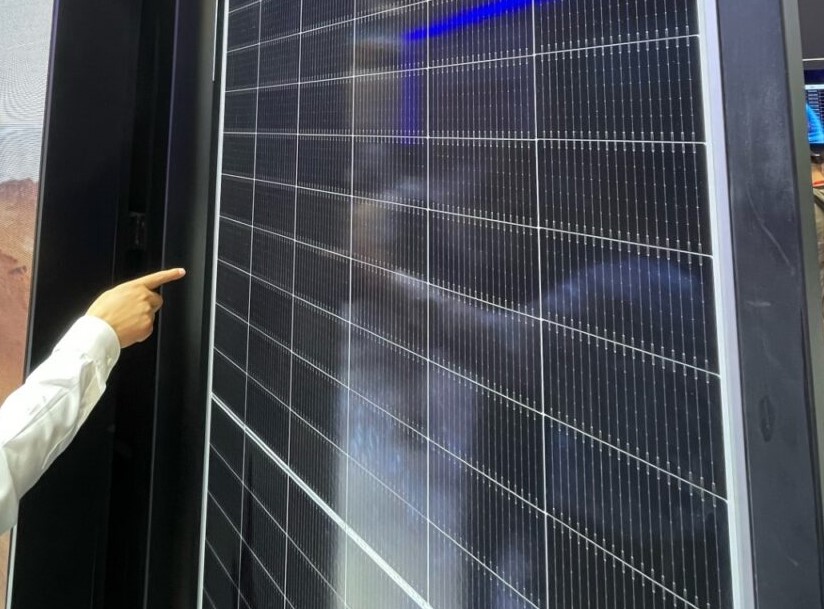The result was confirmed by the National Renewable Energy Laboratory (NREL) of the US Department of Energy.
The Chinese solar module manufacturer Longi has revealed that it has achieved a power conversion efficiency of 34.85% for a two-terminal tandem perovskiet solar cell.
The National Renewable Energy Laboratory (NREL) of the US Department of Energy certified the result, which represents a world record for this cell typology.
The previous record was held by Longi itself, which achieved efficiency of 34.6% for a device with the same configuration in September, when the manufacturer published a scientific published paper Describe the cell design in detail, which was originally unveiled in November 2023.
The result of Longi is also the first reported certified efficiency that exceeds the limit with a single-junction Shockley-quisser of 33.7% for a tandem sun cell with double junction.
In September, the Longi research team explained that the cell was based on a double interface passion strategy that is said to maximize both electron transport and holes. This is achieved by the absorption of a thin lithium fluoride (LIF) layer and the deposition of molecules for Ethhyleediammonium with short chains (Edai).
“Thicker Lif layer can help improve passivation, but come up with a considerably unwanted resistant loss,” the researchers said at the time. “Nevertheless, EDAI Molecule chemically can pass the non -successful areas passivating the LIF layer with which the LIBE scale is not contacted on Nano scale on PEROVSKIET/C60 -Interface, which can offer an optimal assessment between passivation and load extraction.”
The researchers added that they were able to reach “better” structural link between the perovskiet top cell and the crystalline silicon floor cell by a patented technology for silicon heterojunction solar cells with an asymmetrical structured surface. “The front surface of this silicon cell has a finely structured surface, which makes the solutions -based preparation of perovskiet film facilitate, while the rear surface of the silicon cell uses a standard with a large texture surface to achieve better passivation and infrared spectral,” they explained them.
Thanks to the LIF/EDAI, Bilayer was responsible for increasing the open circuit voltage and the filling factor of the device, which reached values of 1.97 V and 83.0%respectively, because the interfacial recombination suppressed in combination with more efficient load extraction on the electron transport layer (ETL) interface.
The research work received strong support from Suzhou University, Huaneng Clean Energy Research Institute and the Hong Kong Polytechnic University (HKPU).
This content is protected by copyright and may not be reused. If you want to work with us and reuse part of our content, please contact: editors@pv-magazine.com.

